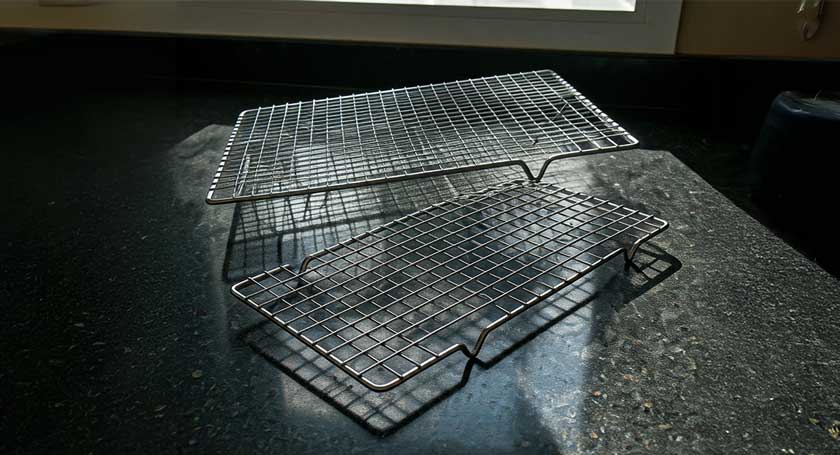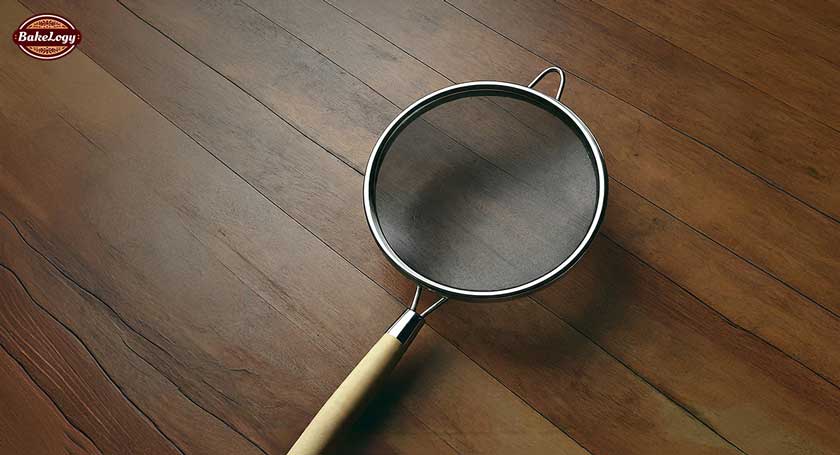A rolling pin is probably the most basic tool one can find in any baker’s kitchen. Whether you are rolling dough for pie crusts, cookies, or pastries, this very simple yet highly effective tool aids in the flattening of dough and works very well to create smooth and even dough.
Types of Rolling Pins
There are various kinds of rolling pins, and each is designed for different use:
- Wooden Rolling Pin: This is an old option, and a reliable one, too. Because it is hard to break, the wooden rolling pin stands for ease of use.
- Marble Rolling Pin: Ideal for cooling the dough, best to use for yeast pastries.
- French Rolling Pin: Equipped with tapered edges at one end, this allows you to control the thickness of your dough more accurately.
- Plastic or Silicone Rolling Pin: Provides a non-stick surface, making it ideal for rolling sticky doughs.
Check some rolling pins on Amazon.
How to Use a Rolling Pin
Using a rolling pin is not rocket science, but mastery will only be achieved after much practice. The following are a few tips on using a rolling pin:
- Flour the Surface: Spread a little flour on the surface and the roller to prevent the dough from sticking to the roller and the surface.
- Roll from the Center: Roll from the center of the dough outward to achieve an even thickness.
- Light Pressure: Apply even and gentle pressure to avoid tearing or overstretching the dough.
Why Every Baker Needs a Rolling Pin
A rolling pin is the most inevitable utensil when it comes to working with dough. Whether it’s for pizza, cookies, or even small decorations made from fondant for cakes, a rolling pin ensures smoothness and precision in the final product. Without it, dough won’t bake evenly and may be ruined.
FAQs
Below are the common Frequently asked questions about rolling pin:
- What does a rolling pin look like?
Rolling pins are made to level and flatten dough for pie, cookie, or pastry baking. - What are the types of rolling pins?
Types of rolling pins are wooden, marble, French (tapered) or plastic/silicone. The kind of rolling pin is appropriate for a specific number of baking requirements. - Why does the dough stick to the rolling pin?
Add flour to the rolling pin and rolling surface so the dough doesn’t stick while you roll. You can even use a silicone or non-stick coated rolling pin. - Is it possible to use a rolling pin for something other than baking?
Yes. You can crush nuts, crackers, or cookies to make crusts or even break up meat to tenderize it. - How do I clean a rolling pin?
For wooden rolling pins, clean with a damp cloth; do not soak in water for the risk of warping. Marble or silicone will be fine: wash them under warm soapy water. - What kind of rolling pin is best for starters?
A wooden or silicone rolling pin is best for beginners – really easy to handle and suitable for most kinds of dough. - Can a rolling pin affect the texture of the dough?
Yes, poor pressure or inhomogeneous roll can lead to uneven dough thickness, which could therefore be affected at bake time. - Is a French rolling pin better than an old-fashioned one?
Really, it’s a matter of preference, but French is tapered so you can much more easily get a better sense of dough thickness while old-fashioned is cylindrical, so roll with steady pressure so you know where you’re hitting every time. - Should I refrigerate my rolling pin?
If using sensitive doughs such as pastry or pie crusts, a chilled rolling pin, preferably marble, will keep the dough cool without your sticky fingers coming into contact with it. - What length rolling pin should I buy?
An average rolling pin is 18 to 20 inches long. These are all great sizes for most home bakers. Shorter pins work well for small doughs, longer pins are best for larger batches.




